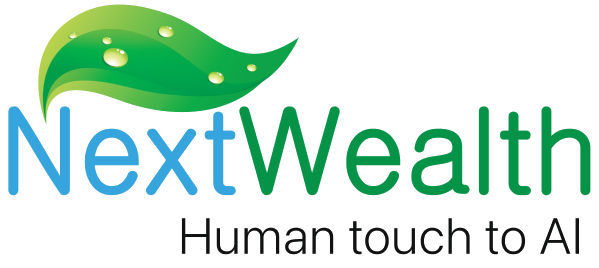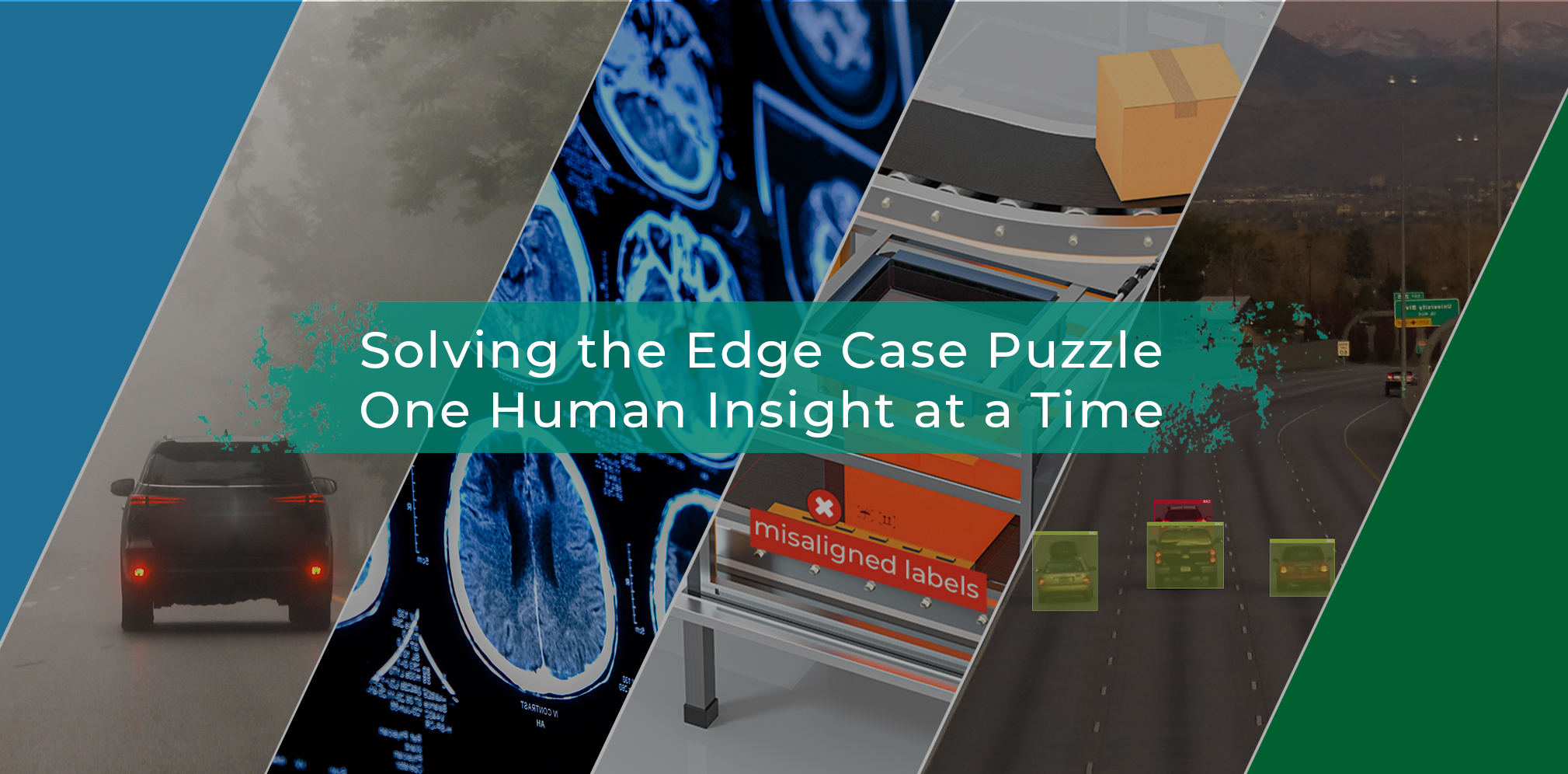Why the Future of Vision AI Belongs to Human-in-the-Loop Systems
In the fast-evolving world of AI, computer vision models have become indispensable. From autonomous vehicles and medical diagnostics to retail analytics and industrial inspection, they’re reshaping how machines perceive and respond to the visual world. But as the stakes grow, so do the expectations for accuracy, robustness, and adaptability.
While automation and deep learning have brought us far, cracks appear when these models are exposed to the unpredictable messiness of the real world—blurry images, rare edge cases, occlusions, domain shifts, or sensor noise. This is where Human-in-the-Loop (HITL) enters the frame—not as a fallback, but as a strategic enabler.
Human-in-the-Loop vs. Fully Automated Systems: Why the Difference Matters
Most fully automated computer vision systems operate like well-oiled machines: ingest data, preprocess it, run inference, and occasionally retrain the model in batches when performance dips. Some go a step further using active learning, where low-confidence predictions are flagged for offline review and fed back into future training cycles.
But there’s a fundamental gap here—speed of learning and adaptability.
That’s where human-in-the-loop computer vision distinguishes itself. Instead of waiting for errors to pile up or periodic retraining cycles to kick in, HITL pipelines enable real-time interventions. A human expert—annotator, reviewer, or domain specialist—can instantly validate, correct, or tag edge cases, ensuring that models are exposed to the right examples at the right time.
Automation brings scale. HITL injects precision and judgment.
Why HITL is Essential for Enhancing Computer Vision Models
Let’s face it—machine learning models, no matter how advanced, struggle with the long tail of rare scenarios. Think of:
- Night-time or foggy images in ADAS systems
- Overlapping products on retail shelves.
- Unseen tumor morphologies in medical scans.
- Occluded license plates or synthetic data hallucinations
Pure automation falters in these cases. Active learning helps, but it still requires retraining cycles and does not guarantee priority handling of high-impact errors.
HITL offers a third path—one that’s iterative, responsive, and resilient.
Benefits of Human-in-the-Loop CV:
- Immediate Error Correction – Humans step in mid-pipeline to correct mispredictions instantly.
- Prioritized Retraining Samples – Only the most uncertain or impactful data points are labeled.
- Rapid Domain Adaptation – New geographies, lighting conditions, or object types can be integrated on the fly.
- Trust & Transparency – Human review ensures explainability and auditability in regulated sectors
HITL Integration Models: From Manual Oversight to Smart Collaboration
Depending on project needs—speed, cost, and quality—HITL can be embedded in various ways:
- Manual-in-the-Loop: Humans take center stage, manually reviewing or annotating every data point. Best for highly sensitive domains (e.g., medical imaging, defense).
- Active Learning with HITL: Algorithms pre-filter data, sending only ambiguous or novel samples to human experts for review. Great for scaling efficiently without overwhelming reviewers.
- Assisted AI: AI makes a prediction; a human approves, edits, or flags it. Think of this as “autocomplete with a conscience”—used in eCommerce image tagging, facial recognition verification, and more.
- Human Review Post-AI Decision: Common in post-processing pipelines were, human QA teams audit AI decisions. Used heavily in financial document processing, road scene understanding, and smart surveillance.
Each model balances latency, cost, and accuracy—and the ideal approach often lies in combining them based on use-case criticality.
Augmenting CV Pipelines: Before vs. After HITL
Without HITL:
- Preprocess → Inference → Batch Model Update.
- Retraining cycles occur weekly/monthly.
- Edge cases handled reactively.
- Slower adaptation to new data
With HITL:
- Preprocess → Inference → Human Review → Real-Time Correction → Targeted Retraining.
- Human corrections are fed back immediately.
- Training samples are dynamically prioritized.
- Faster integration of new classes/domains
Examples:
- In agriculture, HITL helps detect new crop diseases or weeds early by flagging outliers.
- In manufacturing, it enables pixel-level defect segmentation in evolving assembly line conditions.
- In wildlife analytics, human reviewers aid in tagging new species or behaviors missed by pretrained models
The NextWealth HITL Framework: Building Feedback Loops That Matter
At NextWealth, we’ve built a modular HITL framework designed for continuous model refinement. Our approach is tailored for data science and AI teams who need:
- Scalable human review pipelines for vision tasks like segmentation, object detection, or 3D bounding boxes.
- Integrated feedback loops that capture human corrections and surface them to ML engineers in real-time.
- Edge-case resolution protocols, enabling clients to flag and resolve model failure cases with minimal latency.
- Tooling and dashboards that support both guided annotation and ad hoc visual QA, all within strict SLA-driven workflows
Whether you’re deploying models in smart cities, healthcare, autonomous mobility, or e-commerce, NextWealth ensures that your computer vision model isn’t just learning—it’s learning from the best.
Conclusion: HITL is Not Just a Tool—It’s a Strategy
In the race to deploy the best computer vision models, accuracy isn’t a luxury—it’s table stakes. But accuracy alone doesn’t guarantee trust, fairness, or performance at scale.
Human-in-the-loop machine learning is no longer just about fixing AI’s errors. It’s about designing intelligence systems that evolve with human context, anticipate change, and adapt to complexity.
At CVPR & Beyond, the message is clear..
“The future of computer vision isn’t just artificial. It’s augmented—with humans in the loop.”
Let HITL be the secret sauce that turns your vision AI from competent… to exceptional

